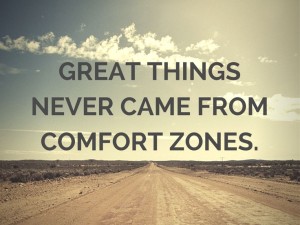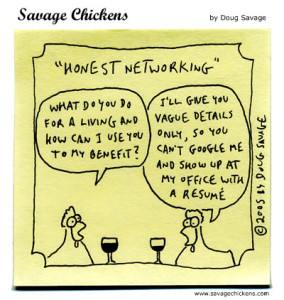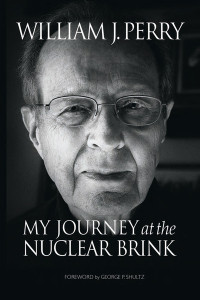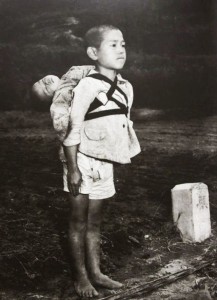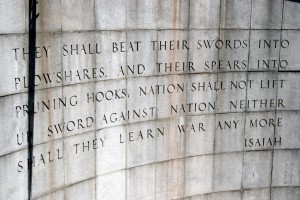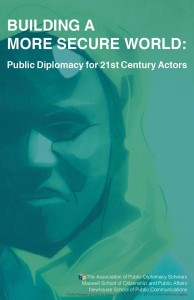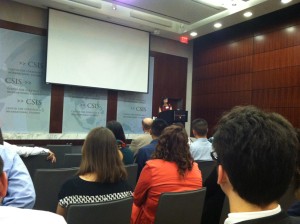In the basement of the State Department Harry S Truman building, there’s a cafe called the “Foggy Bottom Circle Cafe,” which is pretty much just a boring cafe. However, every hour and half hour, a peculiar thing happens: people start to show up and wait around, anxiously glancing at everyone who walks by. Occasionally you see one of them break out and come up to someone to say, “Uh… are you…?” The response is either a resounding, “Yes! Nice to meet you!” or “No, I’m actually waiting for (someone else).”
This ‘dance’ usually happens in the prime networking area within the State Department: the little cafe in the basement. Employees and interns will reach out to others, usually through email, to meet and discuss their work, make connections, and see if they can help one another out. Oftentimes they meet at the Foggy Bottom cafe without having actually met each other face to face. When I first took part in this dance, I was so nervous about not knowing what the person who I was meeting looked like. However, after I realized that almost everyone else waiting around me was going through the same thing, I started to find it pretty amusing.
Networking is probably one of the most important things you can do in Washington, DC, but it’s also pretty nerve wracking– even for an extrovert like me. It helps you to get a job, or at the very least it allows you to know what jobs are even out there. Of course, most of us hate that word: “networking.” It evokes images of being fake and pretending to like talking to someone just so you can eventually use them for something. You have to engage in small talk with someone who you barely know, and you have to do so in a way that’s charming enough for them to want to talk to you again.
First impressions are always hard, but usually by the second or third time you meet and have at least built a rapport, I’ve noticed networking get easier. I’ve been doing a lot of networking lately, and although I’m getting a little exhausted from all of it, I have to say it’s been really useful. Sure, out of the countless meetings, probably about 15% have led to anything promising, but with the sheer number of meetings that means I’ve been able to create at least a good handful of contacts who I have a decent amount of things in common with. Of course, I’m totally burnt out on networking and I never want to so much as see the Foggy Bottom cafe again, save for my daily dose of caffeine at 2 PM. But, I don’t think I would take back any of the work I did. I got to learn so much about not only different parts of the State Department, but different agencies and organizations around DC.
Ultimately, networking is kinda like standing at the top of the high diving board at the pool– there’s two options: take a leap and jump off the front, or climb down back the way you came. If you jump off the front, you have a chance of looking like a pro if you have some skill, or just looking like a goofball if you don’t have any. Either way, you’ll get to the pool a lot faster than if you climbed down, and you’ll have learned a tiny bit about diving as you go. And I’m sure people aren’t going to make fun of you for looking like a goofball, especially if they’re sitting there in their bathing suits too. So you might as well go for it!
